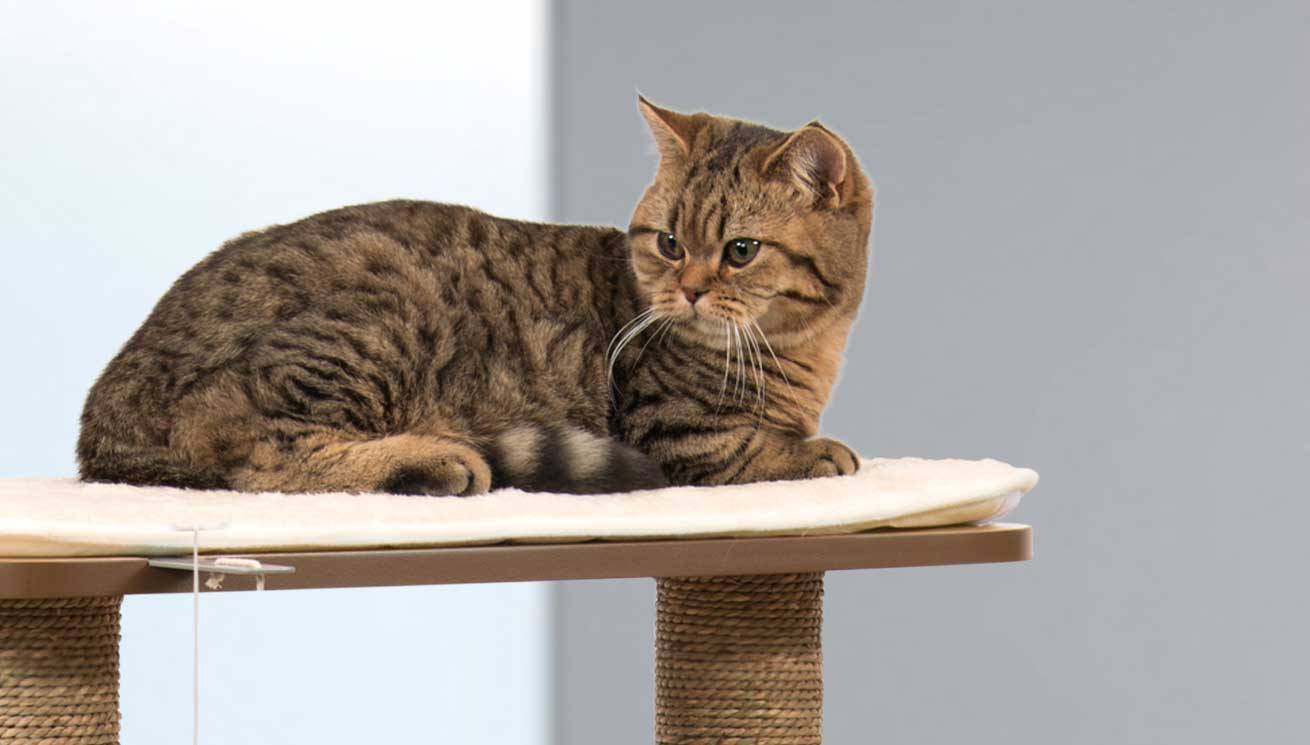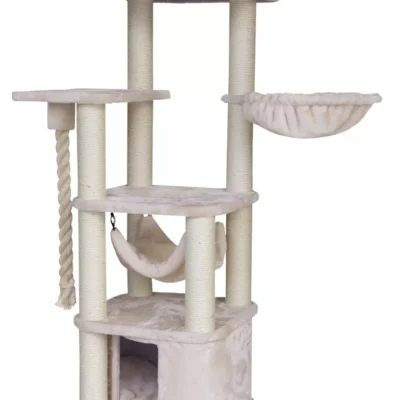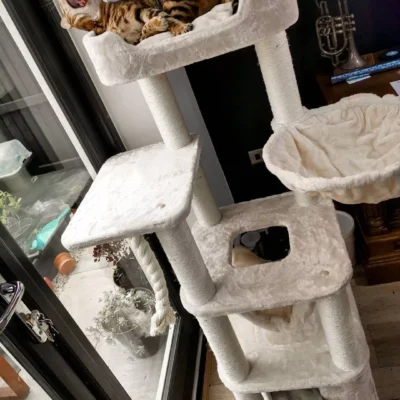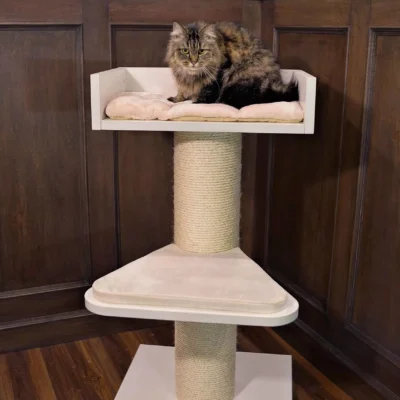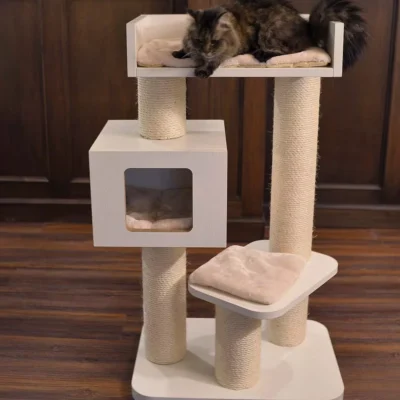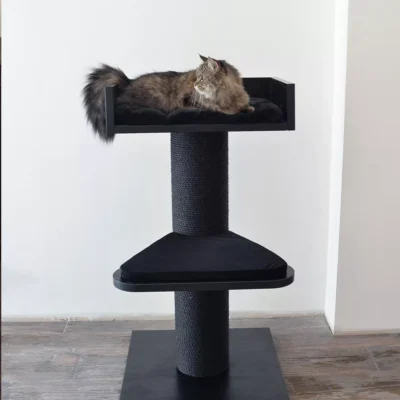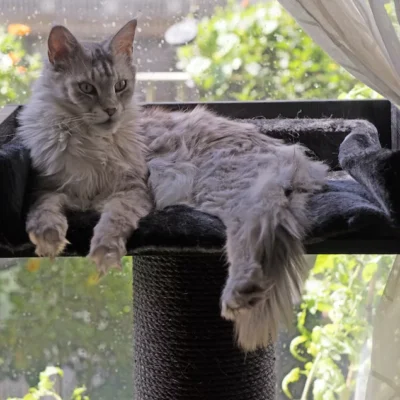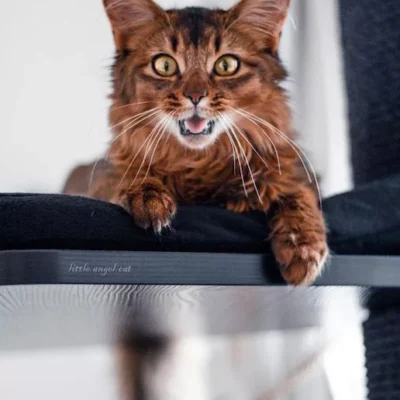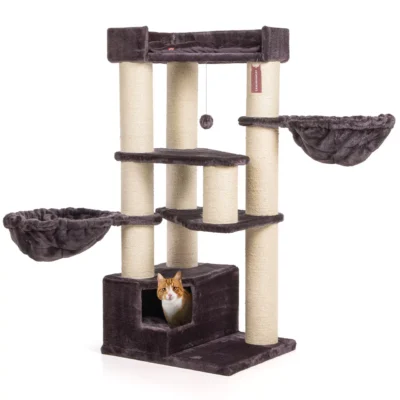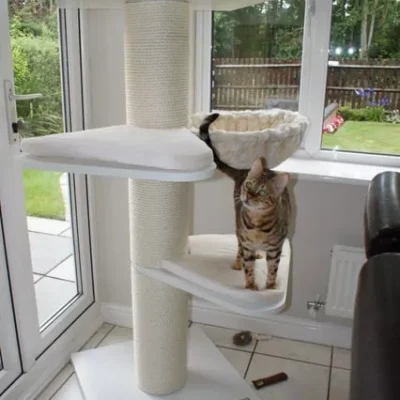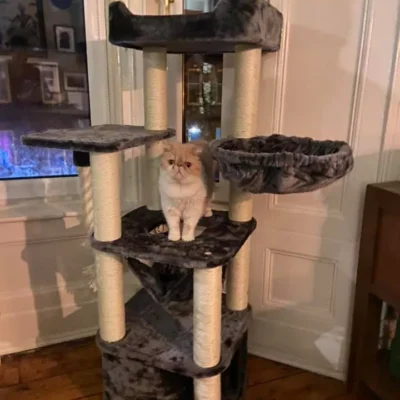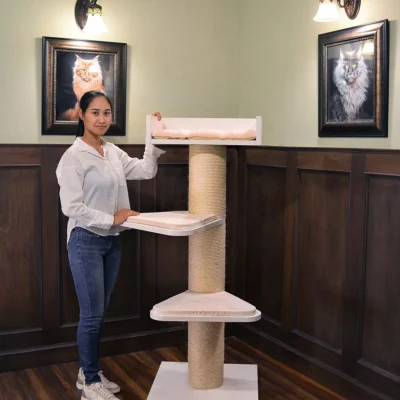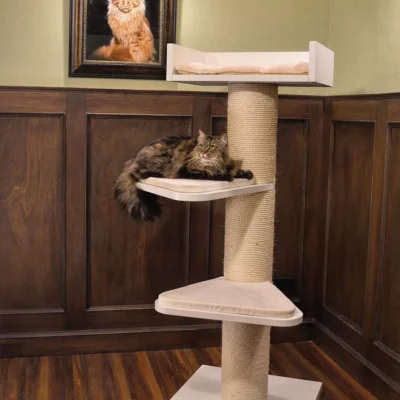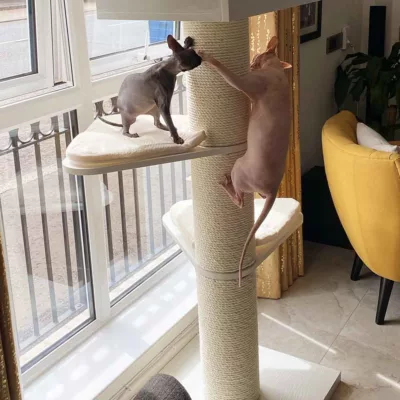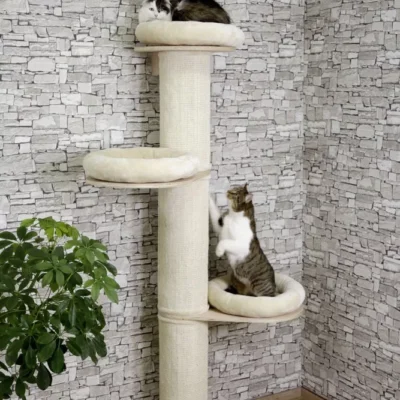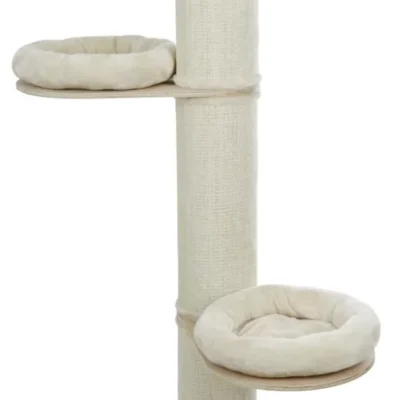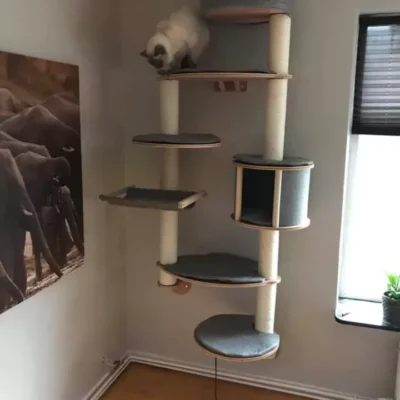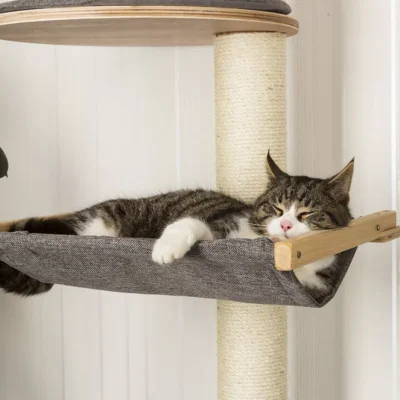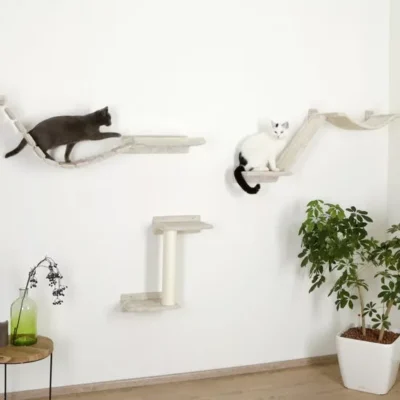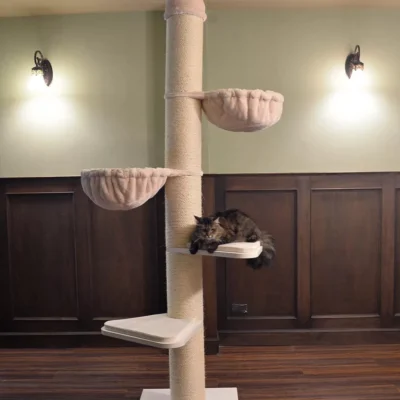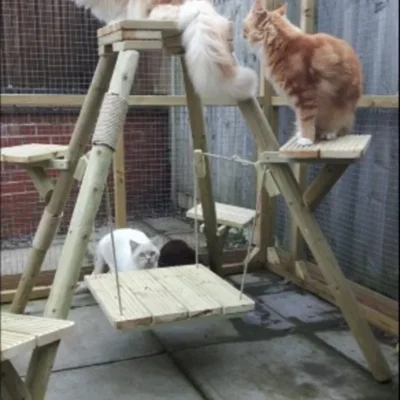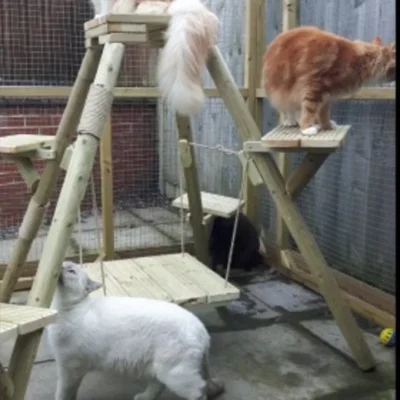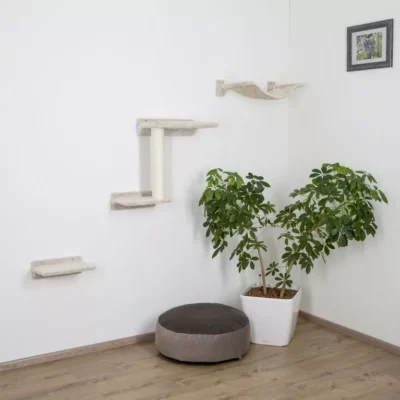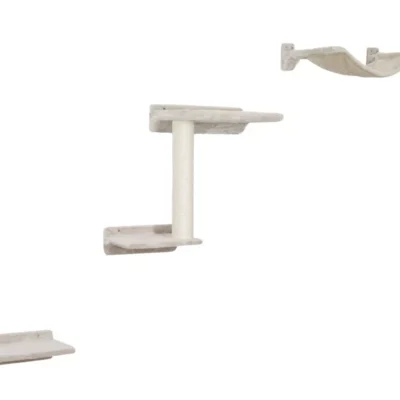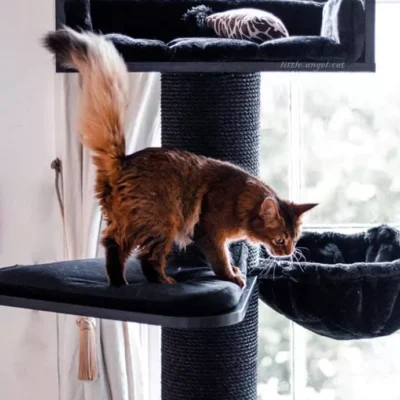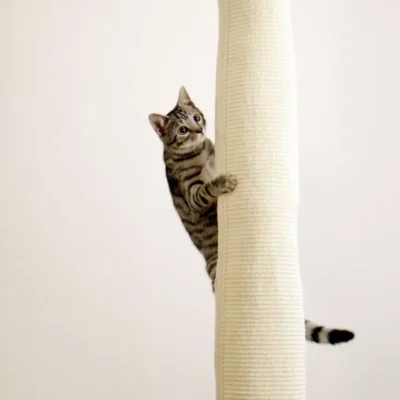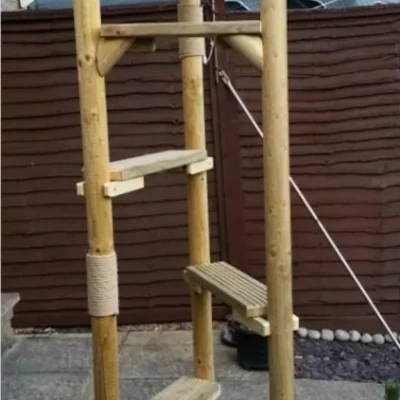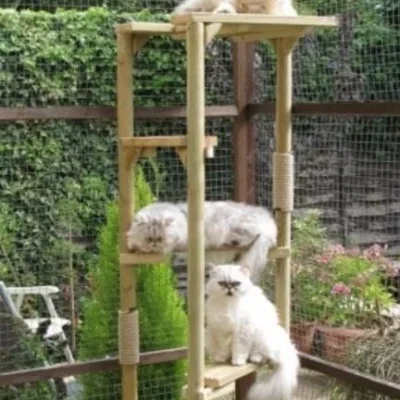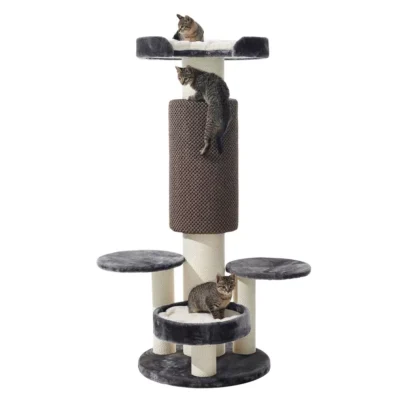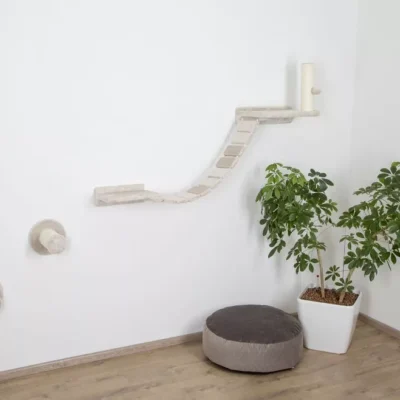0
Cats, creatures shrouded in an aura of mystery and intrigue, continually captivate and bemuse us with their unique behaviors. Among these peculiar habits, one stands out as particularly perplexing: the inclination of cats to consume grass.
This behavior, commonly observed in domestic felines, stirs a mix of intrigue and concern among their human caretakers. This widespread phenomenon raises numerous questions regarding the health and well-being of these beloved pets.
In this detailed and insightful guide, we embark on a journey into the captivating realm of cats and their unusual appetite for grass. Our mission is to illuminate the reasons behind this behavior, delving deep into the motivations of these independent, primarily carnivorous animals for indulging in this green snack.
We will investigate the historical, biological, and psychological underpinnings of this behavior, as well as address the myriad concerns that cat owners may have.
Our exploration will be enriched with a wealth of expert opinions, cutting-edge scientific research, and real-world observations, offering a comprehensive analysis of this subject. Whether you’re an experienced cat owner, a newcomer to the world of feline companionship, or simply someone with a keen interest in cats, this guide is designed to provide you with an extensive understanding of why cats eat grass.
Join us in demystifying this curious feline behavior. As we delve into subsequent chapters, we will provide a well-rounded and insightful perspective on this and other fascinating aspects of cat behavior.
Prepare to deepen your understanding and appreciation of these enigmatic creatures and the charming idiosyncrasies that make them such captivating companions.
Instincts Echoing Through Time: The Evolutionary Roots of Feline Grass Consumption
The Intriguing Evolution of Feline Behavior The behavior of cats, mysterious and fascinating, is deeply rooted in a rich evolutionary history. This is particularly evident in their curious habit of eating grass, a behavior that links directly to their ancestral past. To understand why modern domestic cats continue to exhibit this trait, it’s essential to journey back in time and explore the lifestyle of their wild ancestors.
Unraveling the Mysteries of Domestic Cats’ Wild Ancestors The ancestors of our domestic cats were solitary, skilled hunters, sustaining themselves mainly on a diet of small prey like rodents and birds.
These ancestral felines adapted to a wide range of environments, from dense forests to arid deserts. Their behaviors, honed for survival, included specific dietary habits that were crucial for their health and well-being.
The Potential Benefits of Grass Consumption for Wild Felines Among the intriguing aspects of their diet was the inclusion of grass. This might seem counterintuitive, given their carnivorous nature, but several theories suggest it was beneficial.
Firstly, grass may have acted as a natural laxative, helping these wild cats pass indigestible parts of their prey, such as feathers and bones. By consuming grass, they could have maintained a healthy digestive system, free from potential blockages.
Another perspective considers the nutritional aspect. Although primarily carnivorous, consuming grass could have provided these wild ancestors with essential nutrients missing from a strictly meat-based diet. One such nutrient is folic acid, vital for oxygen transport and overall health.
Additionally, eating grass might have had a role in parasite control. It is suggested that this behavior could induce vomiting, thereby helping the cats expel internal parasites. This self-induced vomiting could have been an essential factor in maintaining their health by reducing the burden of parasites.
Finally, the act of eating grass might also have been a form of environmental interaction, crucial for the mental well-being of these animals. Engaging with their environment in this way could have provided necessary mental stimulation, ensuring a balanced and enriched life.
Understanding these potential reasons helps explain why modern domestic cats, despite being well-fed and cared for in a safe environment, might still follow this natural, instinctual behavior. In the following chapter, we will examine the health implications of grass eating for domestic cats and discuss how cat owners can accommodate this instinct in a safe and understanding manner.
The Hidden Health Perks of Feline Grass Consumption
Exploring the Health Benefits of Cats Eating Grass The common sight of cats nibbling on grass is more than a whimsical pastime; it embodies a behavior that brings several health advantages. Recognizing these benefits can enlighten cat owners, allowing them to better understand and safely support their pet’s inclination towards grass.
A Natural Solution for Hairballs and Indigestibles Grass consumption plays a pivotal role in a cat’s digestive health and detoxification process. The mechanics of this benefit are twofold:
Firstly, as cats are meticulous groomers, they often swallow fur, leading to the formation of hairballs in their digestive system. Grass acts as a natural dietary fiber, facilitating the smoother movement of these hairballs through the intestines. This reduces the risk of complications like constipation or intestinal blockages.
Secondly, grass eating sometimes triggers vomiting. While this may initially appear alarming, it can actually be advantageous. This induced vomiting enables cats to rid themselves of not only hairballs but also other indigestible substances they may have consumed, such as feathers or bones from their prey.
Nutritional Enrichment: The Underlying Nutritional Value of Grass Apart from its digestive benefits, grass consumption offers nutritional supplementation to cats, who are inherently obligate carnivores. Grass intake can augment their diet with:
Folic Acid: Grass serves as a significant source of folic acid, a critical vitamin for a range of bodily functions. This includes essential roles like supporting fetal development in pregnant cats and aiding in the production of hemoglobin, the component responsible for transporting oxygen in the blood.
Dietary Fiber: The fiber content in grass is beneficial for digestive health. It not only aids in digestion but also contributes to a sense of fullness, which can be particularly beneficial for cats on a controlled diet.
Additional Nutrients: Grass may also provide trace elements and vitamins that might not be present in processed cat foods. While the specific nutritional content can vary, these extra nutrients can enhance a cat’s diet, contributing to their overall health.
In conclusion, grass eating is a natural and beneficial behavior for cats, offering digestive aid and nutritional supplements. It serves as a natural remedy for hairballs and indigestible. However, it’s crucial for cat owners to ensure the grass their cats access is safe and free from harmful chemicals like pesticides. Understanding and accommodating this behavior can lead to a healthier, more balanced lifestyle for their feline companions.
Navigating the Risks: When Feline Grass Eating Raises Concerns
Understanding the Fine Line Between Normal and Problematic Grass Consumption Grass eating in cats, typically a harmless and instinctive behavior, can occasionally transform into a concern, signaling potential health issues or exposure to risks.
For cat owners, recognizing when this habit shifts from a casual nibble to excessive consumption is vital, as it may have significant implications for their pet’s health.
One of the major risks associated with grass consumption by cats is chemical exposure. Grass treated with pesticides, herbicides, or fertilizers can be harmful or even toxic to cats, posing a serious health risk.
In addition to chemical dangers, excessive grass eating can lead to digestive issues. While grass usually aids digestion, overconsumption might cause gastrointestinal upset, characterized by symptoms like vomiting, diarrhea, or a noticeable change in bowel movements.
Another rare but serious concern is the potential for foreign body obstruction, where grass blades could become lodged in a cat’s throat or digestive tract, requiring immediate veterinary care. Moreover, sometimes excessive grass consumption can be an indicator of underlying health issues, such as gastrointestinal disorders or nutritional deficiencies.
Determining whether a cat’s grass eating behavior is normal or excessive involves observing several factors. The frequency of consumption is a key aspect; occasional grass eating is normal, but if a cat shows a persistent or obsessive interest in grass, it could be a sign of a problem.
Behavioral changes are also important to monitor. A sudden increase in grass consumption, particularly if accompanied by changes in overall behavior or appetite, could indicate a health issue.
Additionally, the physical reactions of a cat after eating grass can be telling. Occasional vomiting might not be a concern, but frequent or severe vomiting is a red flag. Lastly, if a cat starts to prefer grass over their regular food, it may suggest dietary imbalances or other health concerns.
In conclusion, while grass eating is a common behavior among cats, excessive or obsessive grass consumption can indicate health issues or exposure to harmful substances. Being vigilant about your cat’s grass-eating habits and aware of the potential risks is essential in ensuring their health and well-being.
Following this chapter, we will delve into exploring safe and healthy alternatives to outdoor grass, focusing on creating a cat-friendly environment that satisfies their natural instincts without compromising their safety.
Cultivating a Safe and Healthy Green Haven for Your Cat
It’s crucial for the overall health and well-being of cats to provide them with safe opportunities to satisfy their natural inclination for grass eating. This chapter emphasizes the importance of offering safe grass options to indoor cats and creating a nurturing environment that allows them to engage in this behavior without any risks.
For cat owners with indoor pets, there are various safe and healthy ways to cater to their feline’s grass cravings. Cat grass kits, available at most pet stores, are a popular option. These kits typically include seeds of cat-safe grasses such as wheatgrass, barley, oat, or rye, which are not only safe for cats but also easy to grow and maintain at home.
Another important aspect of growing grass for cats is ensuring it’s organic and free from harmful chemicals like pesticides, herbicides, and fertilizers. Using organic soil is also recommended to maintain the purity and safety of the grass. For those seeking a more convenient option, pre-grown potted cat grass is available. These pots can be placed in various sunny spots around the home, providing easy access for cats.
Apart from providing safe grass, it’s also important to create a dedicated space where cats can enjoy this natural activity. Setting up a specific area in your home or garden for your cat to graze on grass can make this experience more enjoyable and safe.
This could be a corner of a room or a section in the garden. When creating this space, it’s essential to ensure that all other plants in the vicinity are non-toxic to cats, as many common houseplants can be harmful.
The grassy area should be easily accessible to the cat and, if located outdoors, should be secure to prevent the cat from escaping or encountering predators. Regular maintenance of the grass, including trimming and removing dried or brown parts, is important to keep it healthy and appealing to the cat.
In addition to providing safe grass options, cat owners should consider the broader aspects of their cat’s health and living environment. Ensuring that the cat’s diet is nutritionally balanced is crucial, as sometimes increased grass consumption can be indicative of a dietary deficiency.
Providing environmental enrichment through toys, scratching posts, and safe outdoor enclosures like catios can also stimulate a cat’s mind and satisfy their instinctual behaviors. Regular monitoring of the cat’s health and grass-eating habits is important, and any sudden changes or concerns should be discussed with a veterinarian. Additionally, making sure that the cat has access to fresh, clean water at all times is essential for aiding in digestion and maintaining overall health.
In conclusion, by offering safe grass options and creating a nurturing environment, cat owners can help their feline companions satisfy their natural instincts in a healthy and safe manner. This not only contributes to their physical health but also supports their emotional and mental well-being.
Conclusion
In conclusion, the behavior of cats feasting on grass stands as a remarkable reflection of their inherent instincts and their deep connection with the natural world. This habit, often perplexing and a source of concern for many cat owners, should be recognized as a normal and frequently beneficial aspect of feline life.
Through our exploration, we have learned that cats may engage in grass eating for several reasons, such as aiding digestion, expelling hairballs, or obtaining essential nutrients that supplement their diet.
However, it’s important for cat owners to be vigilant about their pets’ grass consumption habits, keeping an eye out for any signs of discomfort or excessive eating that could signal underlying health issues.
Providing safe and accessible grass options, whether indoors or in a cat-friendly outdoor environment, is a considerate way to enhance the well-being of our feline friends. These safe alternatives not only satisfy their natural craving for greens but also protect them from the dangers posed by toxic plants.
Gaining an understanding of why cats are drawn to grass can deepen the bond we share with our feline companions, enabling us to provide them with the best possible care. When we next observe our cats indulging in a bit of greenery, we can now view it not just as a whimsical quirk, but as a meaningful expression of their innate behaviors and a link to their wild heritage.

